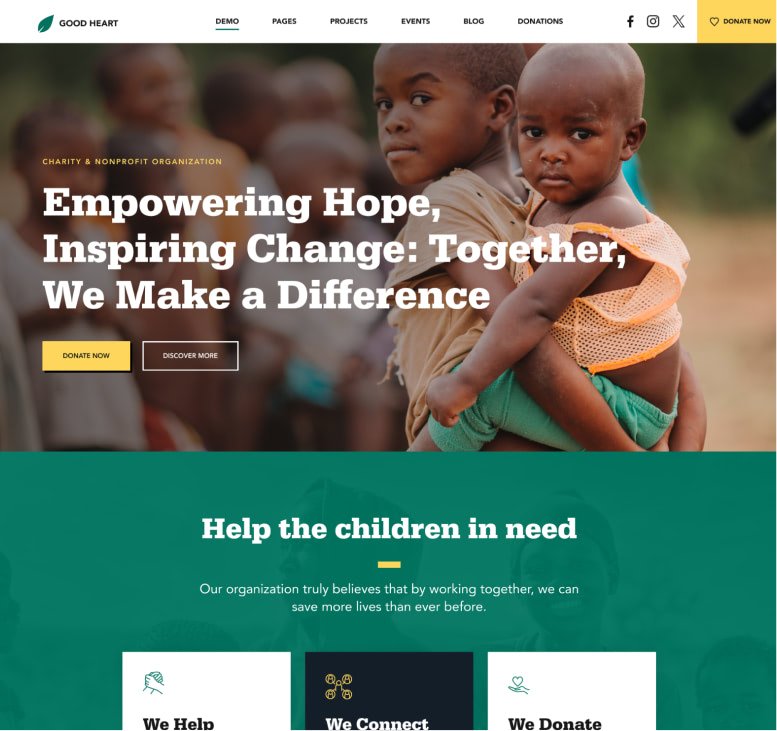The presence of trash in various environments has far-reaching consequences that can hinder the health of ecosystems and human populations. One significant impact is the pollution of water bodies, where plastics, chemicals, and organic waste can accumulate, leading to severe ecological ramifications. For example, microplastics have been found in oceans, rivers, and lakes, adversely affecting aquatic life and human health. Studies reveal that approximately 8 million tons of plastic enter the oceans each year, causing the death of marine species and further disrupting food chains.
Moreover, trash poses a persistent threat to wildlife. Animals often mistake litter for food, which can lead to ingestion and fatal health complications. Birds, fish, and mammals can become entangled in plastic wastes, experiencing injuries or death as a direct consequence of this human negligence. According to research from the World Wildlife Fund, over 700 species worldwide are affected by marine debris, underscoring the urgent need for responsible waste management practices.
The contribution of waste to climate change is another critical aspect often overlooked. Organic waste, when disposed of improperly in landfills, emits methane, a greenhouse gas significantly more potent than carbon dioxide. It is estimated that landfills are responsible for approximately 15% of global methane emissions, highlighting the importance of composting and proper organic waste disposal methods. Additionally, hazardous waste, which includes electronic waste and batteries, introduces toxic substances into the environment, which can leach into soils and water systems, creating long-term ecological damage.
The Impact of Trash on the Environment
Poor waste management and government inaction exacerbate climate change and threaten wildlife and public health. A recent Harvard study revealed that greenhouse gas emissions from U.S. landfills were significantly higher than estimated, highlighting the urgent need for improved waste management strategies. Moreover, the majority of trash dumped into oceans is made of plastics, which can take hundreds of years to decompose and have devastating consequences for marine ecosystems.
The Benefits of Cleaning Up Trash
Engaging in trash clean-up initiatives offers numerous advantages that extend beyond the immediate act of picking up litter. One of the most significant benefits is the positive impact on local ecosystems. When communities come together to remove trash from parks, rivers, and streets, they not only enhance the visual appeal of their neighborhoods but also restore habitats that are crucial for local wildlife. Cleaner environments support healthier ecosystems, enabling both plant and animal species to thrive. For instance, removing plastics and other debris from waterways prevents pollution, which can lead to the protection of aquatic life and improved water quality.
Moreover, participating in clean-up activities fosters community pride. When residents unite for a common cause, a sense of belonging and responsibility develops. This collective effort can lead to lasting relationships among community members, creating a supportive network that values sustainability. Events such as neighborhood clean-up days or local park revitalization projects not only beautify surroundings but also instill a sense of ownership in residents, leading them to treat their environment with greater respect. Communities that prioritize clean-ups often witness an increase in participation for other civic activities, demonstrating a broader commitment to community improvement.
How to Get Involved in Trash Clean-Up Efforts
Participating in trash clean-up efforts is a meaningful way for individuals to contribute to the preservation of our environment. There are various avenues through which one can get involved, starting with local organizations dedicated to environmental conservation. Many non-profits nationwide organize regular cleanup drives, providing both a structured approach and a community-oriented atmosphere. Websites like Cleanup.org can help you locate local initiatives and find opportunities that fit your schedule.
In addition to joining established groups, individuals can take the initiative to organize their own community clean-up events. This could involve rallying friends, family, or neighbors to tackle litter in parks, beaches, or roadside areas. Online platforms, such as social media, can be potent tools for promoting these events and garnering support. Creating an event page can attract volunteers, allowing for a larger impact and making the experience more enjoyable through collective engagement.
Innovative Solutions and the Future of Waste Management
As society grapples with the pressing challenges of waste management, innovative solutions are emerging to combat trash issues and foster cleaner environments. Significant advancements in recycling technologies are at the forefront of these efforts. Modern facilities are now equipped with sorting systems that utilize artificial intelligence to enhance the efficiency of recycling processes. This improvement not only increases the volume of materials that can be processed but also reduces impurities, ensuring a higher quality of recycled products. Additionally, advancements in bioplastics and other sustainable materials promise to minimize reliance on conventional plastics, further mitigating plastic waste in landfills and oceans.
The concept of waste-to-energy initiatives is also gaining traction as a viable solution for waste management. These programs convert non-recyclable waste into usable energy through process technologies such as anaerobic digestion and incineration. Such initiatives not only significantly reduce the volume of waste that reaches landfills but also contribute to energy production, creating a dual benefit for our environment. Implementing these strategies requires careful planning, investment, and support from both the public and private sectors to ensure they are sustainable and beneficial for communities.













**mindvault**
mindvault is a premium cognitive support formula created for adults 45+. It’s thoughtfully designed to help maintain clear thinking
**mind vault**
mind vault is a premium cognitive support formula created for adults 45+. It’s thoughtfully designed to help maintain clear thinking
**glpro**
glpro is a natural dietary supplement designed to promote balanced blood sugar levels and curb sugar cravings.
**sugarmute**
sugarmute is a science-guided nutritional supplement created to help maintain balanced blood sugar while supporting steady energy and mental clarity.
**vitta burn**
vitta burn is a liquid dietary supplement formulated to support healthy weight reduction by increasing metabolic rate, reducing hunger, and promoting fat loss.
**synaptigen**
synaptigen is a next-generation brain support supplement that blends natural nootropics, adaptogens
**glucore**
glucore is a nutritional supplement that is given to patients daily to assist in maintaining healthy blood sugar and metabolic rates.
**prodentim**
prodentim an advanced probiotic formulation designed to support exceptional oral hygiene while fortifying teeth and gums.
**nitric boost**
nitric boost is a dietary formula crafted to enhance vitality and promote overall well-being.
**sleep lean**
sleeplean is a US-trusted, naturally focused nighttime support formula that helps your body burn fat while you rest.
**wildgut**
wildgutis a precision-crafted nutritional blend designed to nurture your dog’s digestive tract.
**mitolyn**
mitolyn a nature-inspired supplement crafted to elevate metabolic activity and support sustainable weight management.
**yusleep**
yusleep is a gentle, nano-enhanced nightly blend designed to help you drift off quickly, stay asleep longer, and wake feeling clear.
**zencortex**
zencortex contains only the natural ingredients that are effective in supporting incredible hearing naturally.
**breathe**
breathe is a plant-powered tincture crafted to promote lung performance and enhance your breathing quality.
**prostadine**
prostadine is a next-generation prostate support formula designed to help maintain, restore, and enhance optimal male prostate performance.
**pinealxt**
pinealxt is a revolutionary supplement that promotes proper pineal gland function and energy levels to support healthy body function.
**energeia**
energeia is the first and only recipe that targets the root cause of stubborn belly fat and Deadly visceral fat.
**prostabliss**
prostabliss is a carefully developed dietary formula aimed at nurturing prostate vitality and improving urinary comfort.
**boostaro**
boostaro is a specially crafted dietary supplement for men who want to elevate their overall health and vitality.
**potent stream**
potent stream is engineered to promote prostate well-being by counteracting the residue that can build up from hard-water minerals within the urinary tract.
**hepatoburn**
hepatoburn is a premium nutritional formula designed to enhance liver function, boost metabolism, and support natural fat breakdown.
**hepato burn**
hepato burn is a potent, plant-based formula created to promote optimal liver performance and naturally stimulate fat-burning mechanisms.
**flow force max**
flow force max delivers a forward-thinking, plant-focused way to support prostate health—while also helping maintain everyday energy, libido, and overall vitality.
**neurogenica**
neurogenica is a dietary supplement formulated to support nerve health and ease discomfort associated with neuropathy.
**cellufend**
cellufend is a natural supplement developed to support balanced blood sugar levels through a blend of botanical extracts and essential nutrients.
**prodentim**
prodentim is a forward-thinking oral wellness blend crafted to nurture and maintain a balanced mouth microbiome.
**revitag**
revitag is a daily skin-support formula created to promote a healthy complexion and visibly diminish the appearance of skin tags.
**hepatoburn**
hepatoburn is a potent, plant-based formula created to promote optimal liver performance and naturally stimulate fat-burning mechanisms.